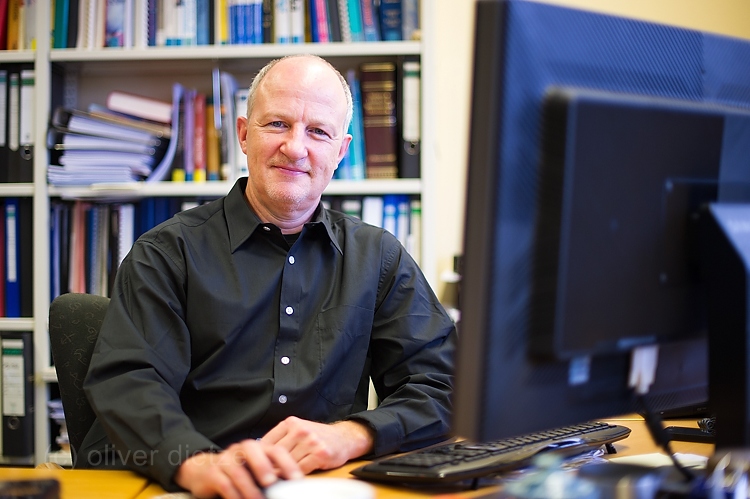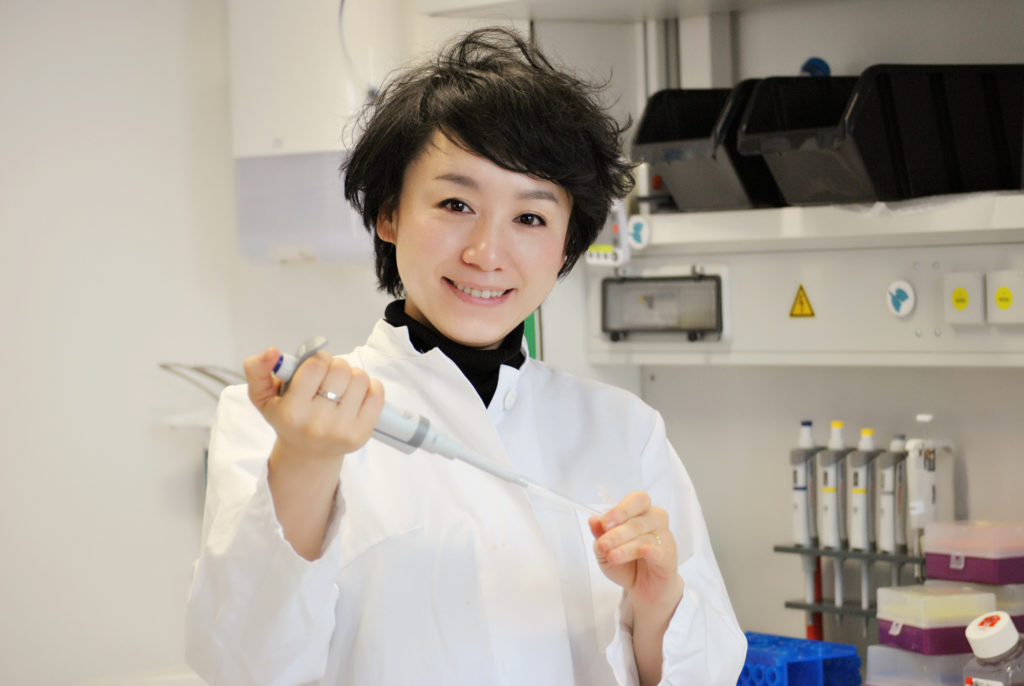T Cells and natural killer cells are the main cytotoxic killer cells of the human body to eliminate pathogen-infected or tumorigenic cells, also known as target cells. To find their targets, they have to navigate and migrate through complex biological microenvironments, a key component of which is the extracellular matrix. To better understand the mechanisms underlying the killer cell’s navigation several SFB researchers, Bin Qu (A2) and Heiko Rieger (A3), teamed up and mimicked an extracellular matrix formed by different collagen concentrations and analyzed migration trajectories of primary human T cells. They observed different migration patterns and grouped them into three motility types: slow, fast, and mixed. The dynamics are well described by a two-state persistent random walk model, which allows cells to switch between slow motion with low persistence and fast motion with high persistence. The Bin Qu and Heiko Rieger hypothesized that the slow motility mode describes T cells creating channels through the collagen matrix by deforming and tearing apart collagen fibers and that the fast motility mode describes T cells moving within these channels. They obtained experimental evidence supporting this scenario by visualizing migrating T cells following each other on exactly the same track and showing cells moving quickly in channel-like cavities within the surrounding collagen matrix. Consequently, the efficiency of the stochastic search process of T cells in the ECM should strongly be influenced by a dynamically changing channel network produced by the killer cells themselves. This work is now published in Biophysical Journal.


Prof. Dr. Heiko Rieger Dr. Bin Qu
Press release of the Saarland University


